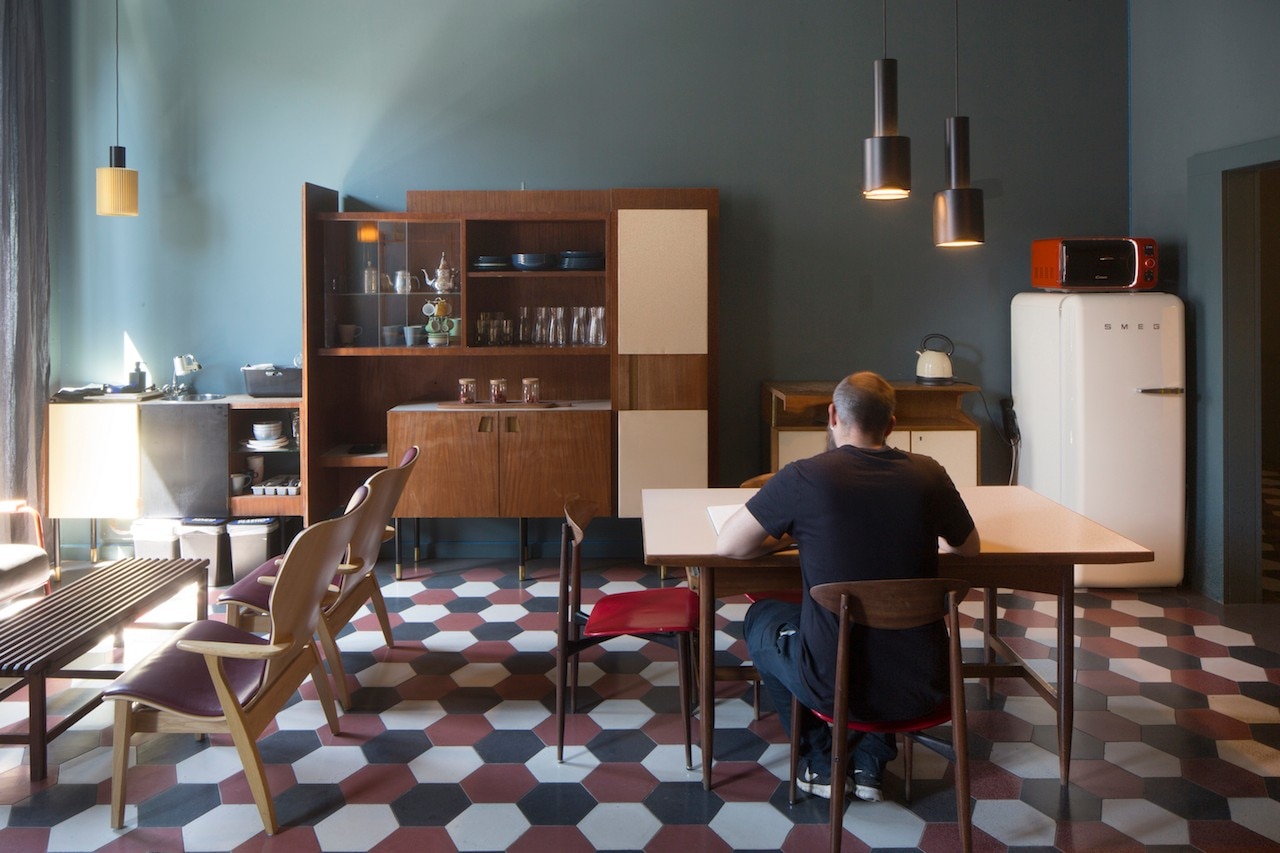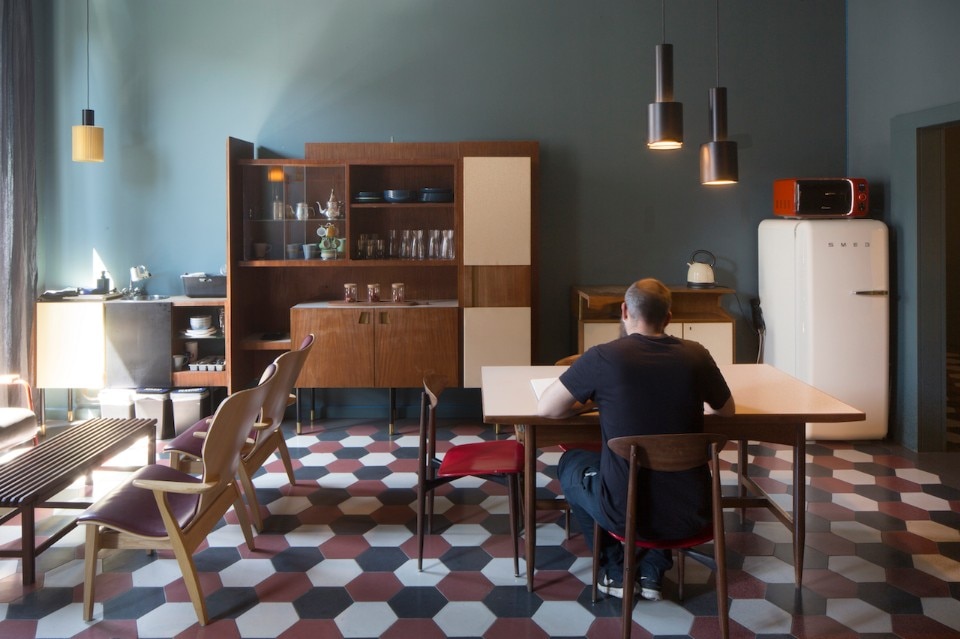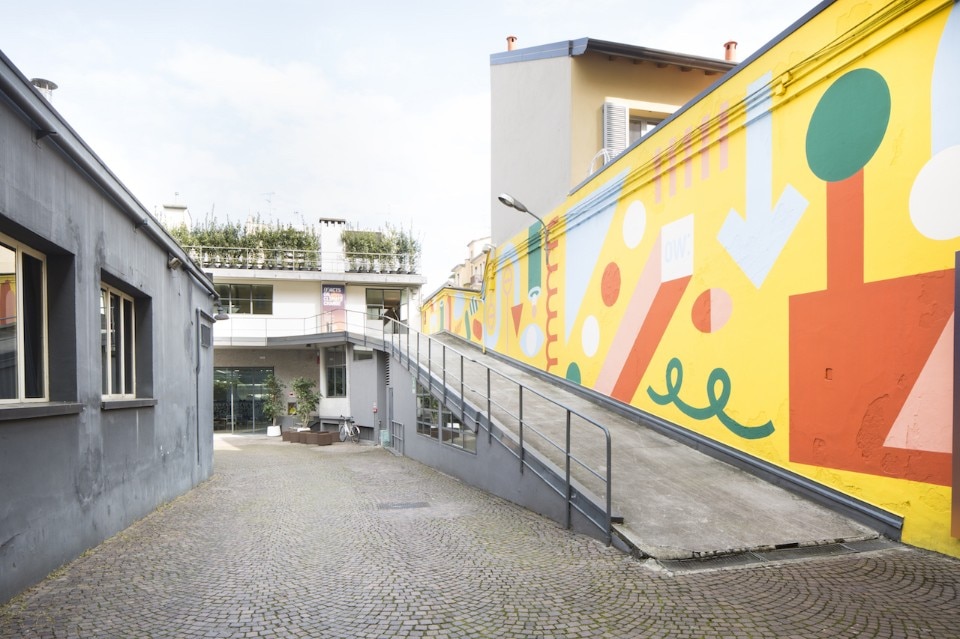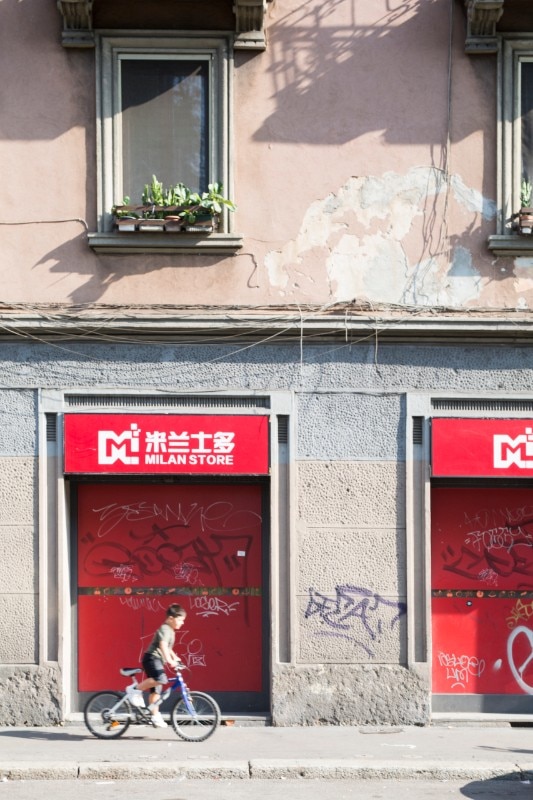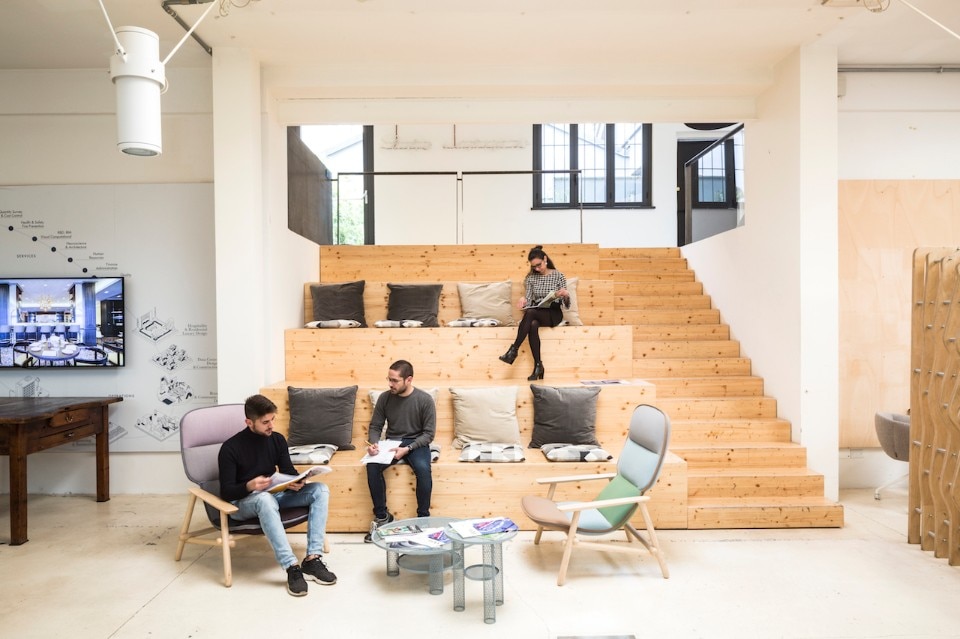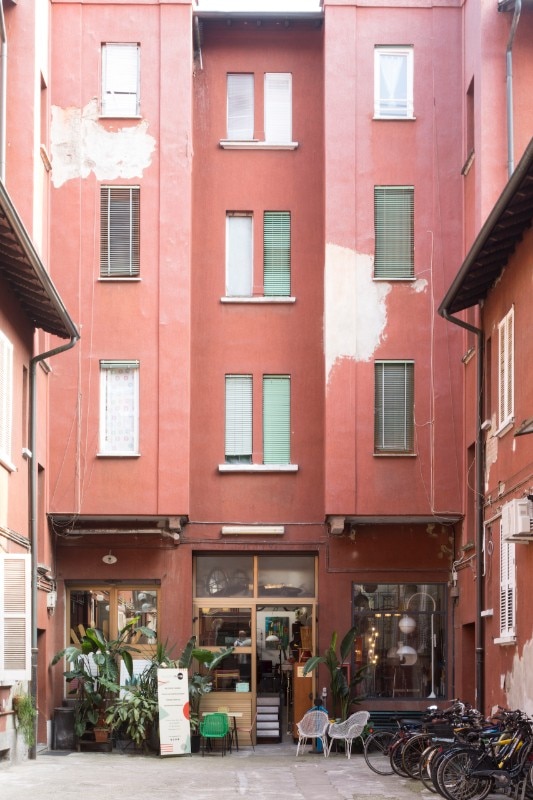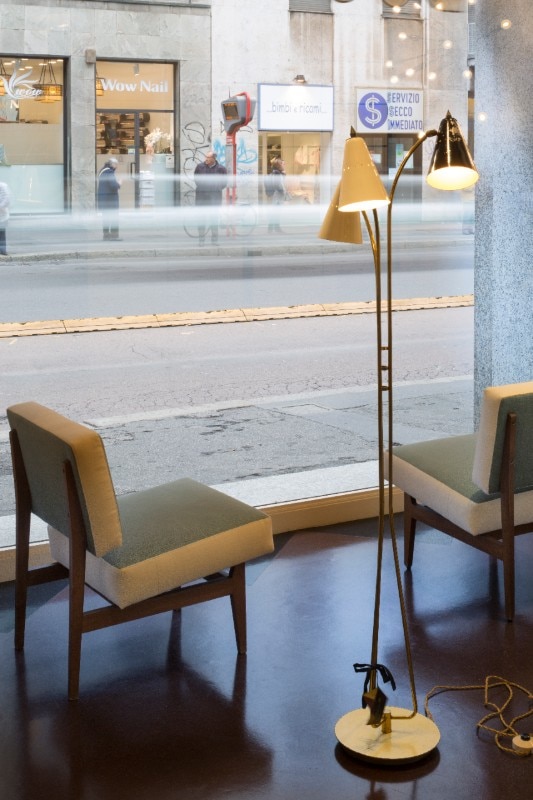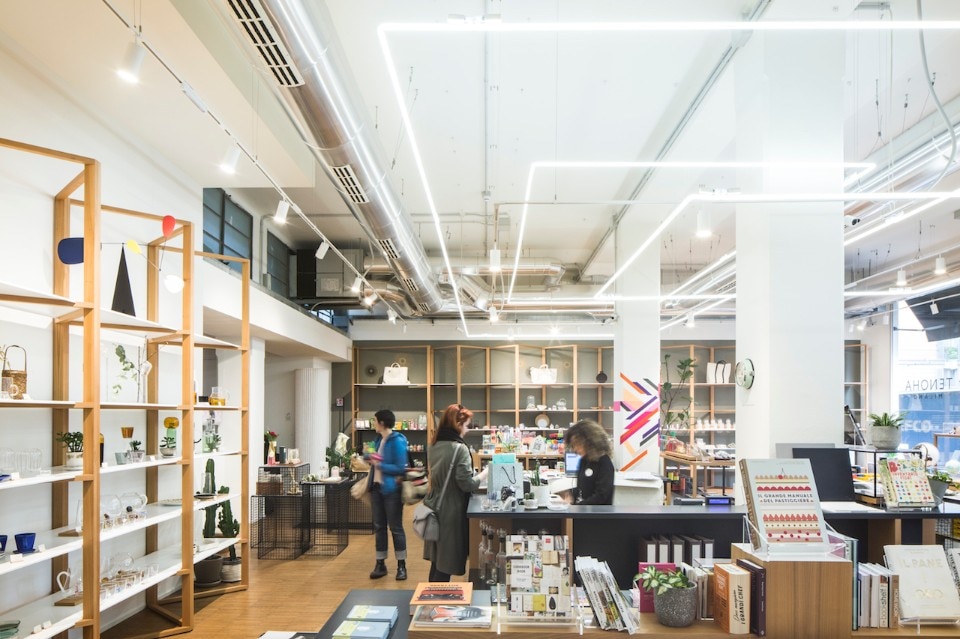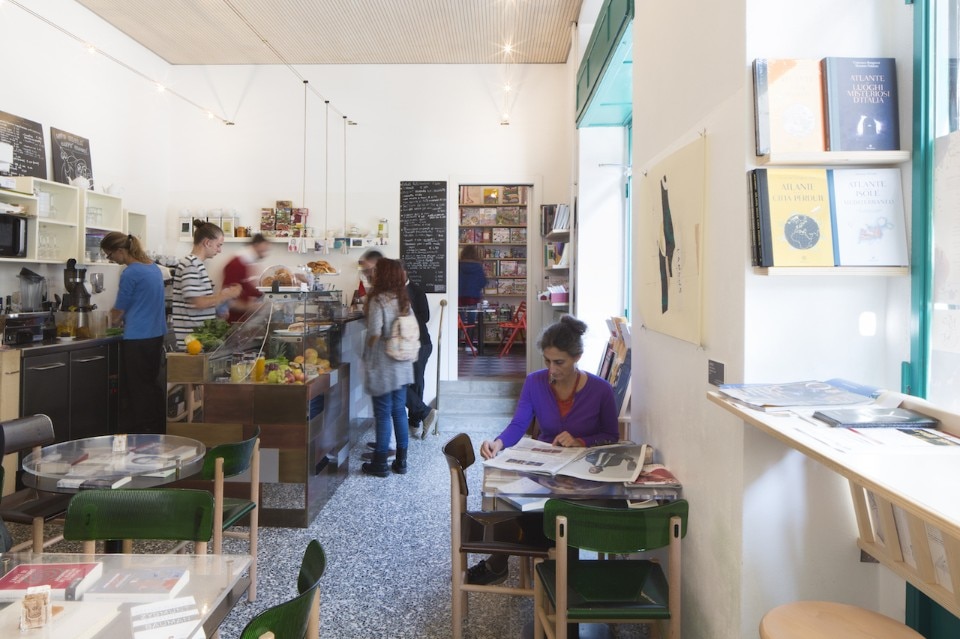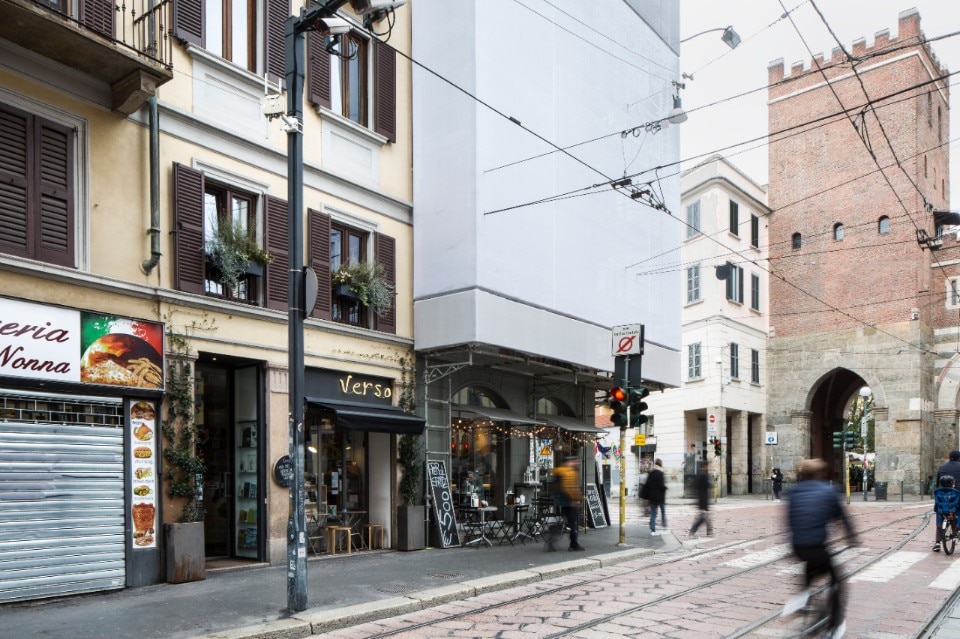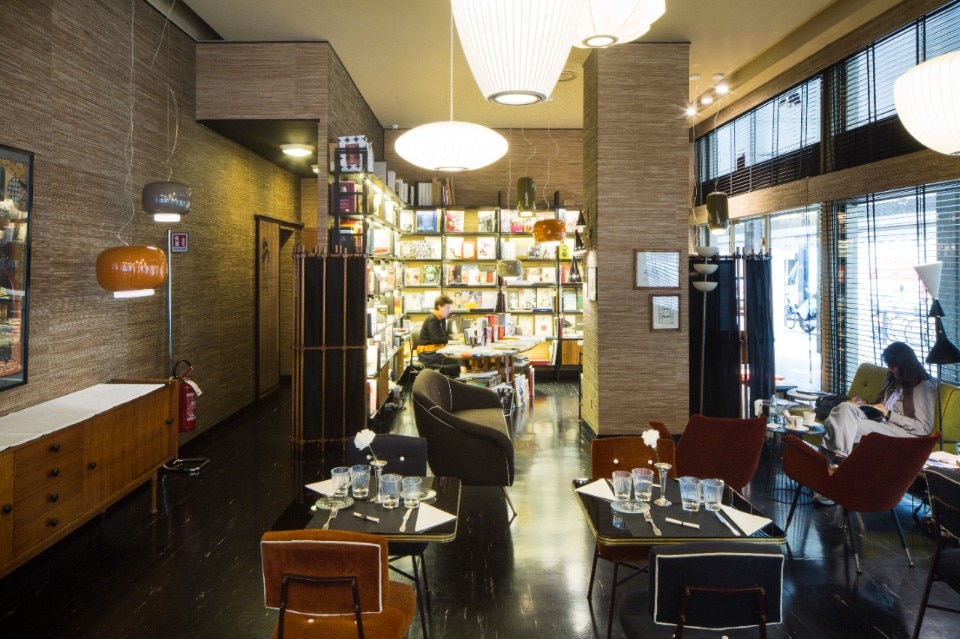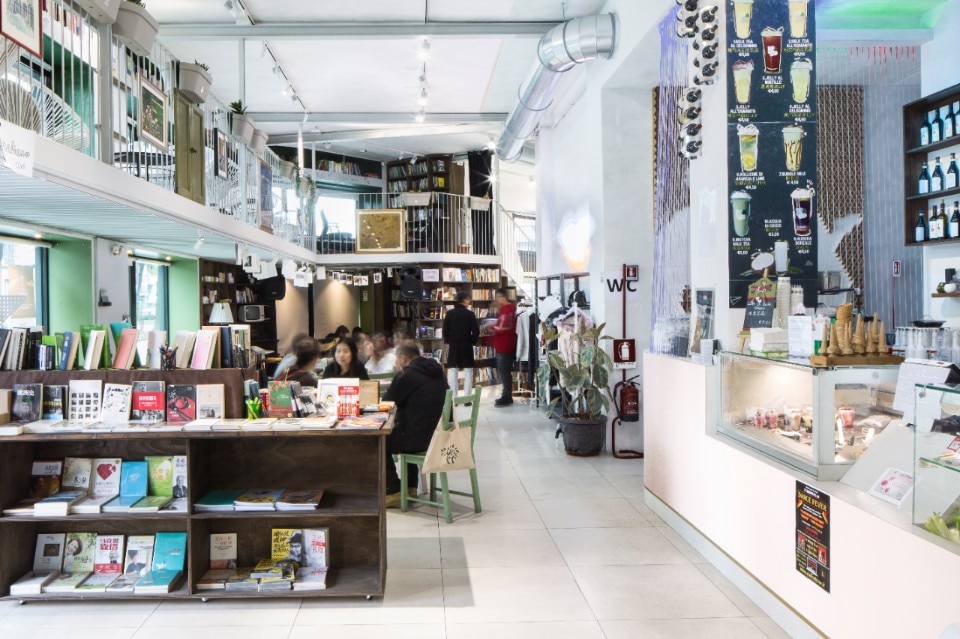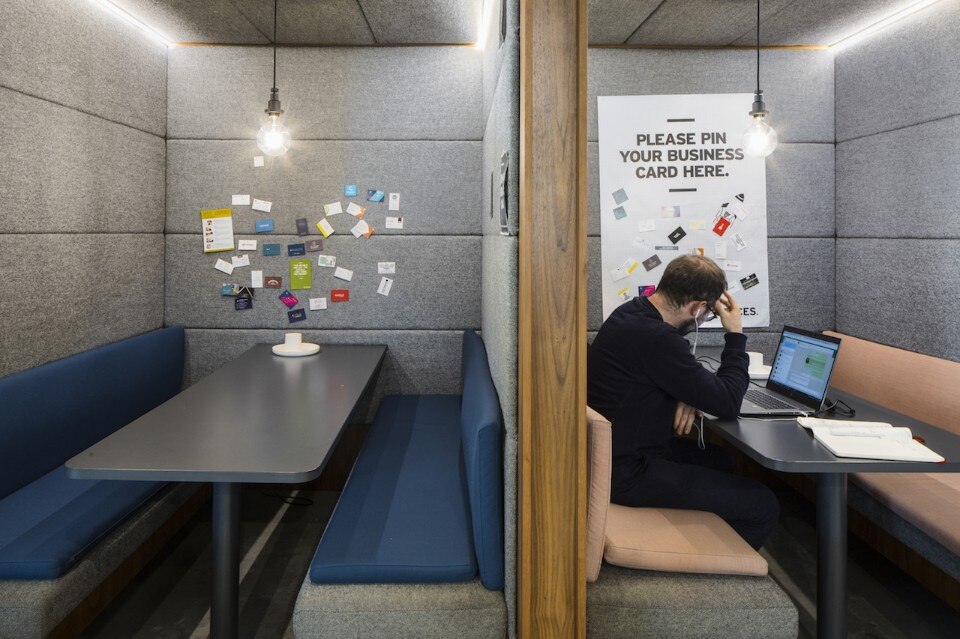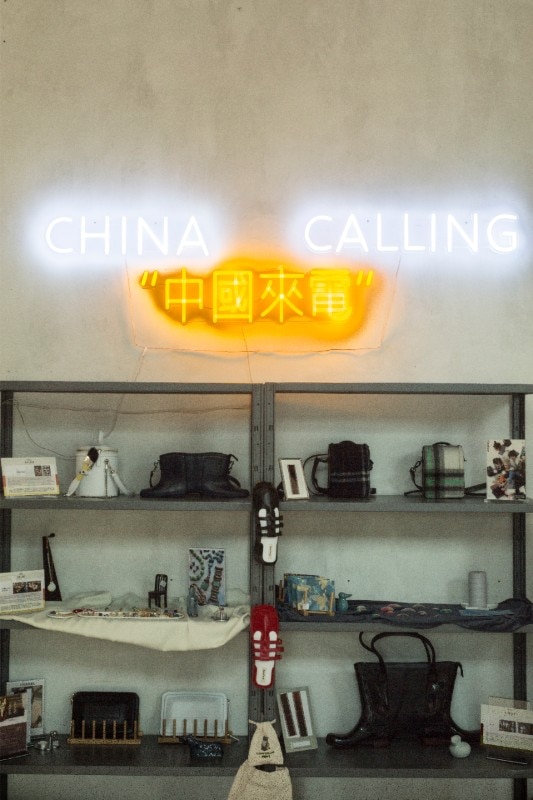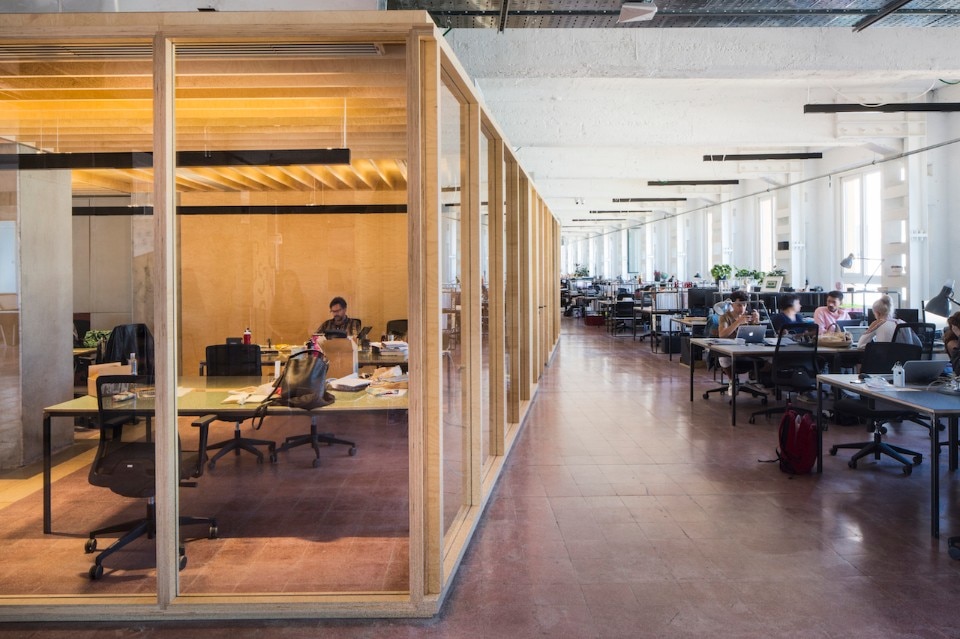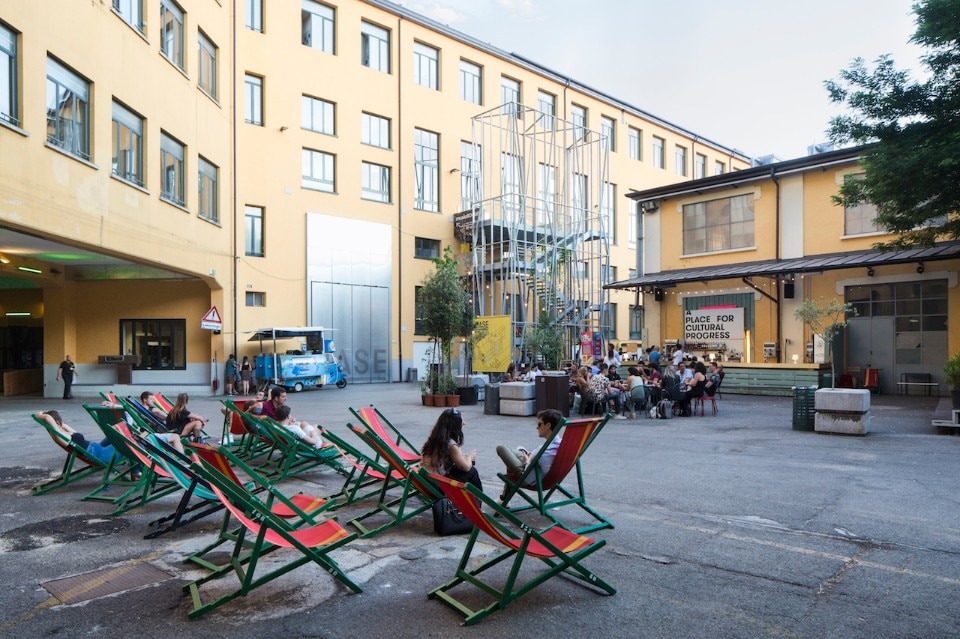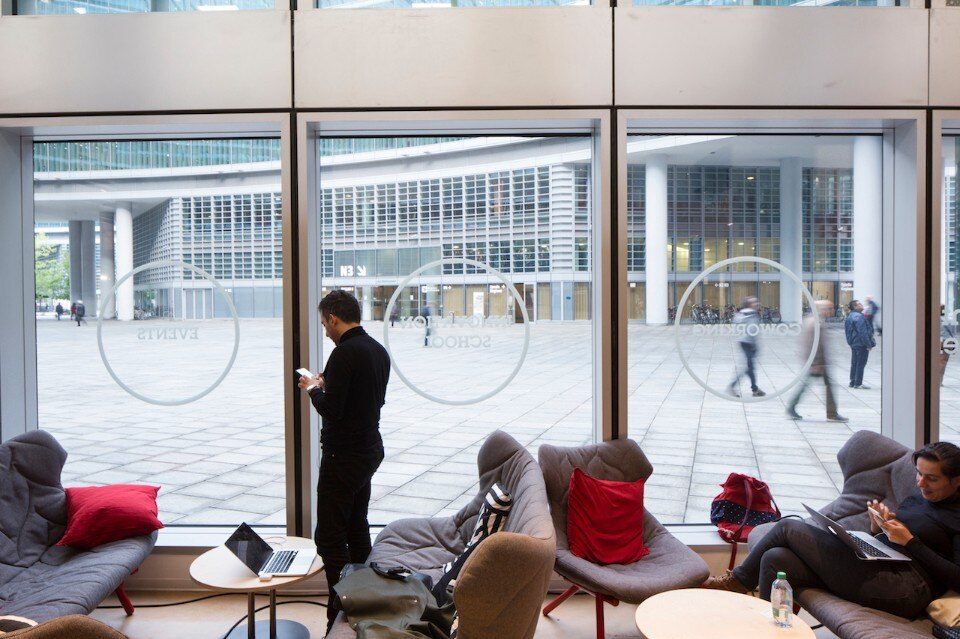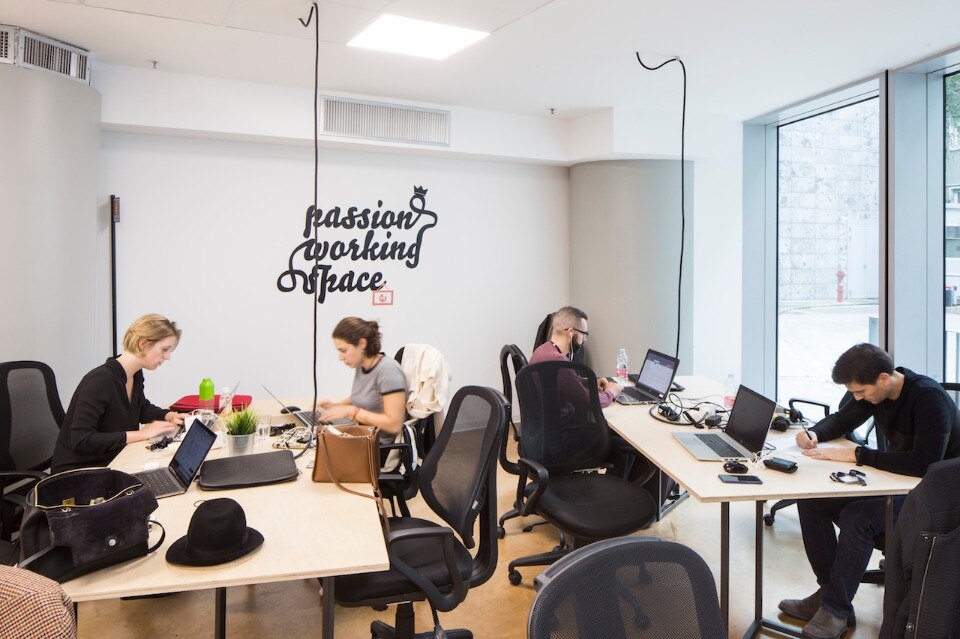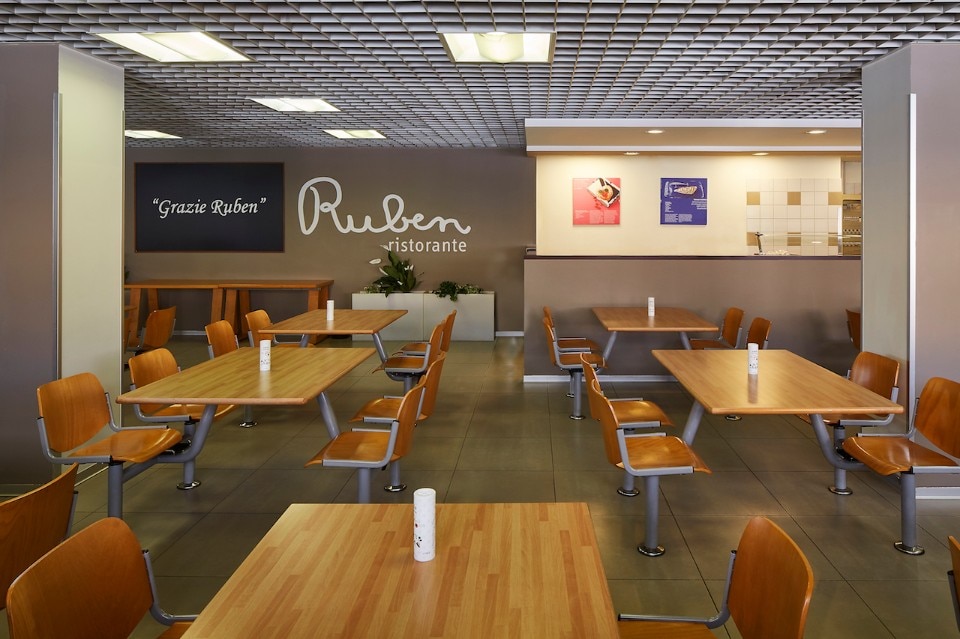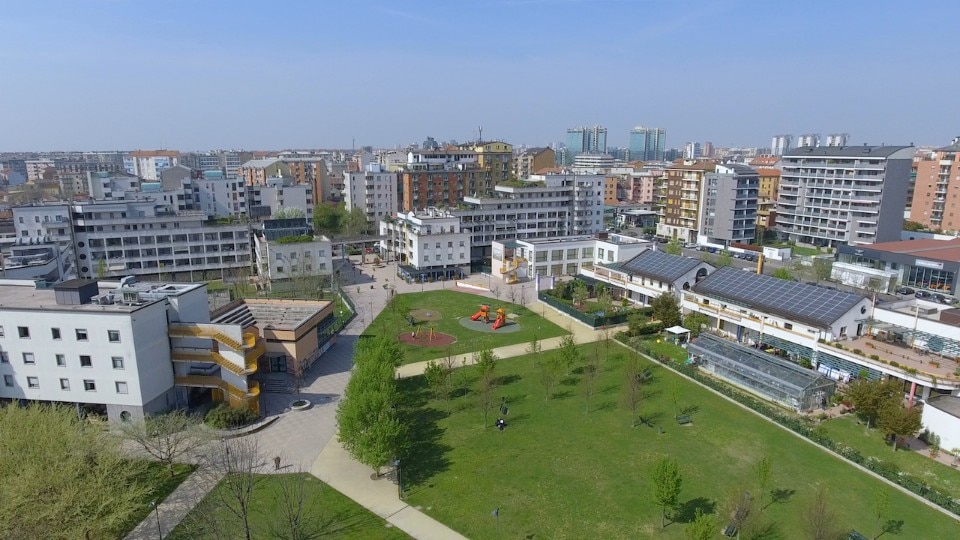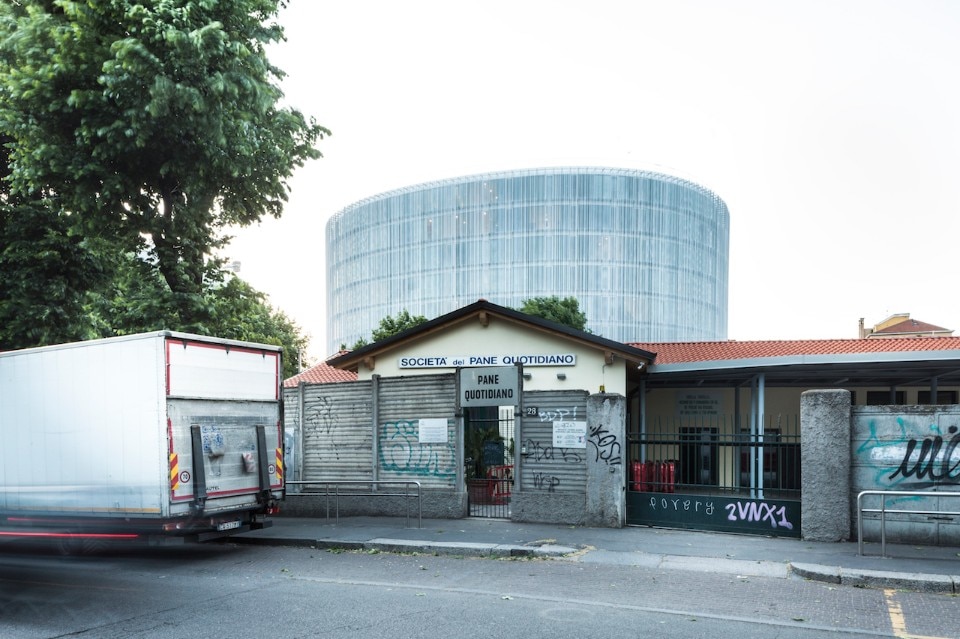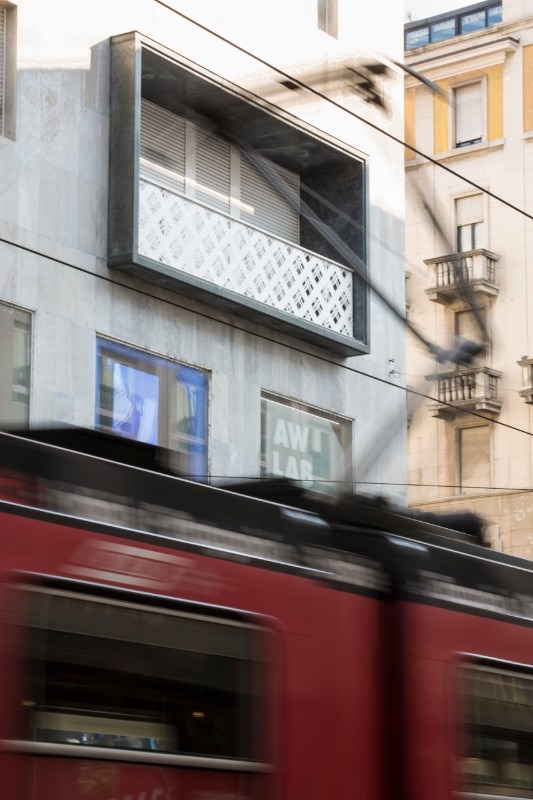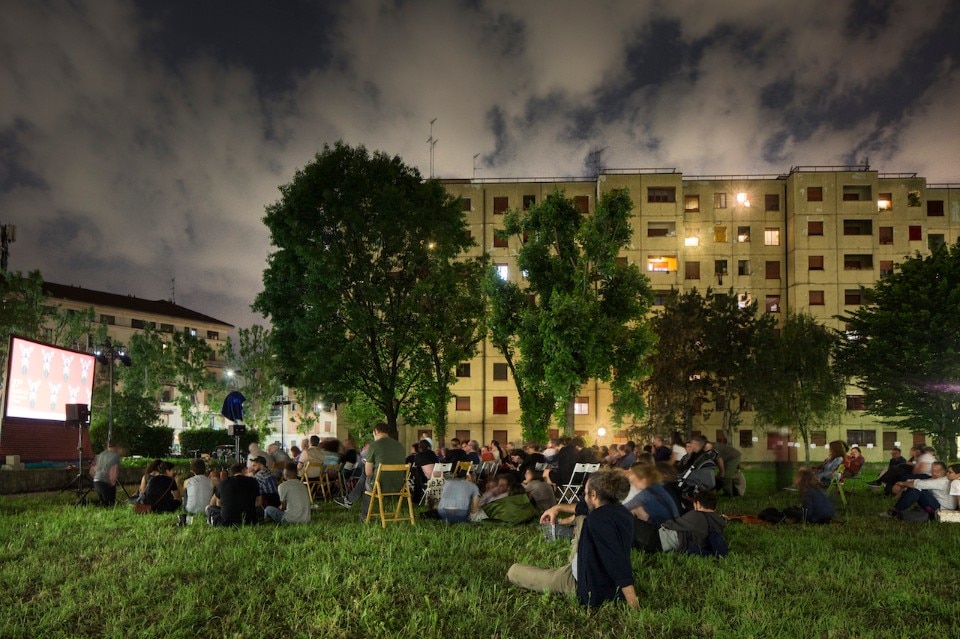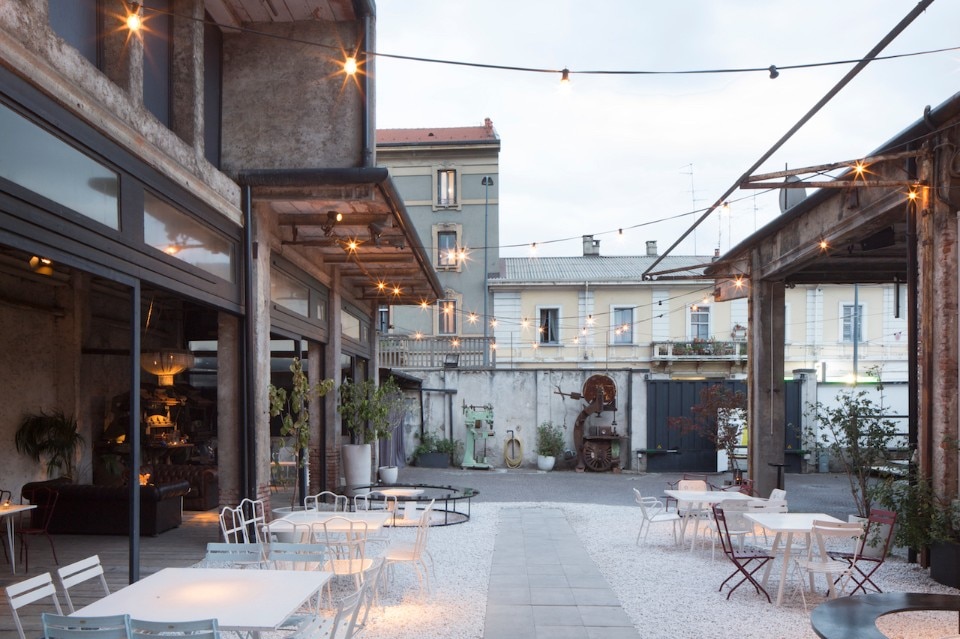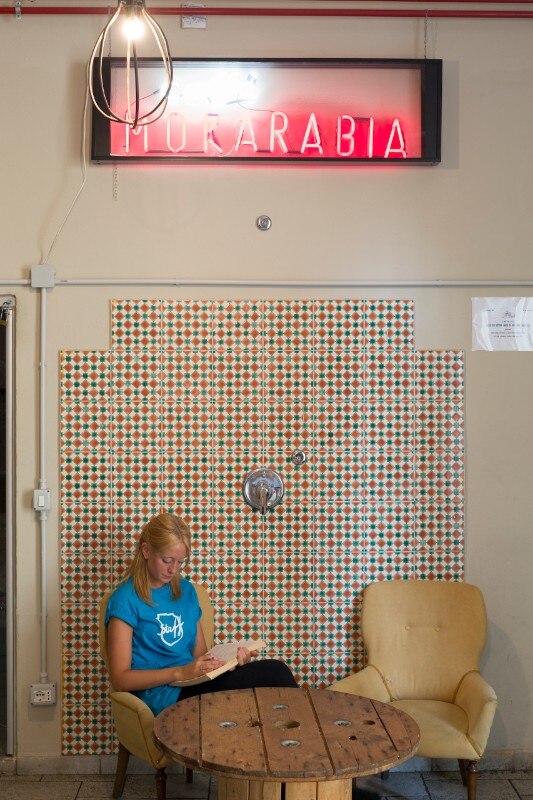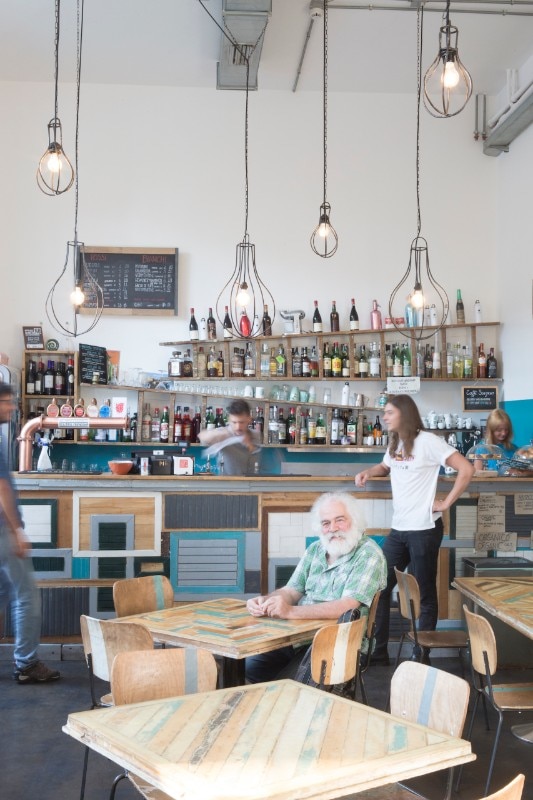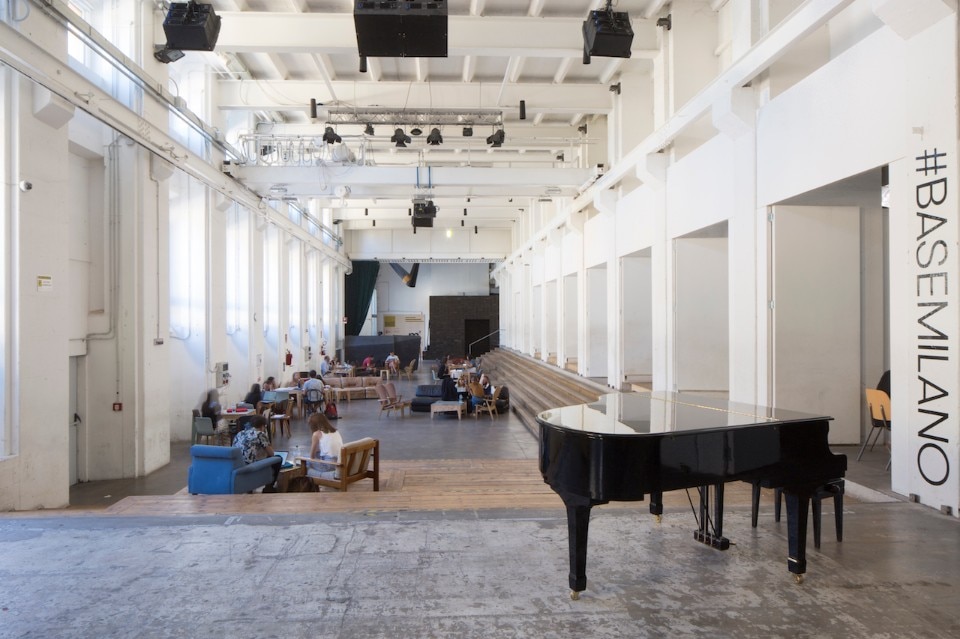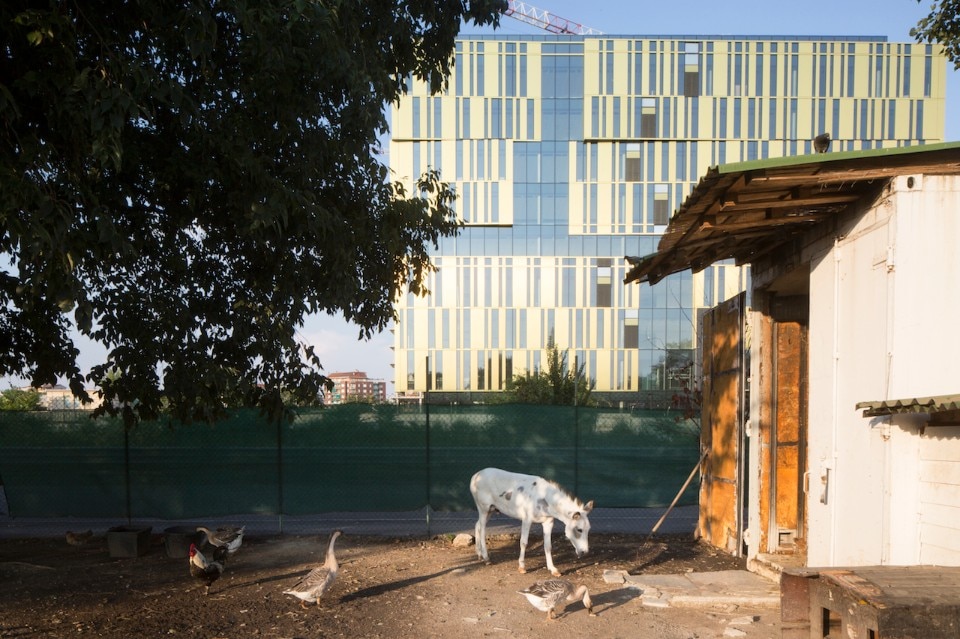This article was originally published on Domus 1041, December 2019
Urban vivacity
Nowadays, plenty of cities around the world are striving to offer their visitors an engaging experience. Whether regular or occasional, demanding or easy-going, visitors don’t just want to passively consume what the city has to offer. Rather, they want to feel like flâneurs and flâneuses in an open-air theatre where everyone plays a leading role. What can make this happen is a proliferation of meaningful interstices – places of transition where the urban experience is not interrupted, but continues seamlessly in an flow of emotions. In this scenario, a bar isn’t just where you stop for a coffee or sandwich, but also where you might attend a book presentation.
Likewise, a bookshop can present an interview with an author while hosting the inauguration of a photo exhibition. A greengrocer’s can double as a bike repair shop, and a hairdresser can also serve aperitifs. Every gesture and situation becomes a potential source of pleasure and sharing, engendering postures that invite others to look at us in a reciprocal exchange of gazes. This is the urban theatre with its front stage always lit by the soft light of experimentation, play and enjoyment.
The concept of experience as an accumulation of past challenges (Erfahrung) becomes the idea of experience as an impromptu adventure (Erlebnis). Why bother doing the same things to specialise in them if it’s better to increase your number of diversified experiences? In this framework, the emotional, creative and artistic dimension prevails over the professional and rational sphere based on reckoning. There is a priceless appreciation for light-hearted serendipity, for the melting pot of places and situations, for digressing between one place or task and another.
Sometimes we even partake in a role reversal. The provider of a service ends up experiencing that service with us, and in turn, we as receivers become producers of the service. Concepts like the sharing economy, co-working and the prosumer define new relationships between supply and demand. This doesn’t mean the disappearance of consumerist dynamics based on sellers vs. buyers. Instead, these dynamics are subject to change and implementation. Most of all, they now see the active participation of individuals via self-service practices for accessing goods and services. These practices are mediated by the development of technologies combined with a subsequent physical involvement. For instance, one can book a service on the internet and then experience it in person.
Third places, according to Ray Oldenburg’s definition, are alternatives to the 20th century’s living and production places (such as factories and offices). Artisan workshops, stores, bookshops, stations, cafes, cinemas, theatres, museums and art galleries are public spaces that one passes through, but they are also places where we can take a break and create reflective connections between the parts
The abovementioned third places are populated by an often-voracious creative class (broadly speaking) that wishes to squeeze the city to the last drop. Third places, according to Ray Oldenburg’s definition, are alternatives to the 20th century’s living and production places (such as factories and offices). Artisan workshops, stores, bookshops, stations, cafes, cinemas, theatres, museums and art galleries are public spaces that one passes through, but they are also places where we can take a break and create reflective connections between the parts. They constitute places of self-display in a cosmopolitan and multiethnic context.
As citizens of the world, comfortably seated al fresco after visiting a friend’s latest exhibition, we gaze up and watch the clouds blown by the breeze, abandoning ourselves to reverie. Aestheticisation penetrates our lives in a relentless quest for pleasure.
But these dynamics conceal some potentially negative effects. The first concerns the process of polarisation that to some extent characterises the glamorisation of urban space. In fact, the spotlights tend to omit the “backstage” where the weakest sections of the population work, or at least make it harder for the impoverished classes to participate in the bien vivre. The second negative aspect is related to the first and regards the growing process of neighbourhood gentrification that only benefits certain categories. Lastly, the third aspect relates to conflicts between residents and non-residents, in terms of congested spaces and overstretched services, pollution as well as linguistic and cultural contamination, the rising cost of living, fiscal imbalances between those who live in a place and those who use that place, but also politico-economic pressures from outside the local context.
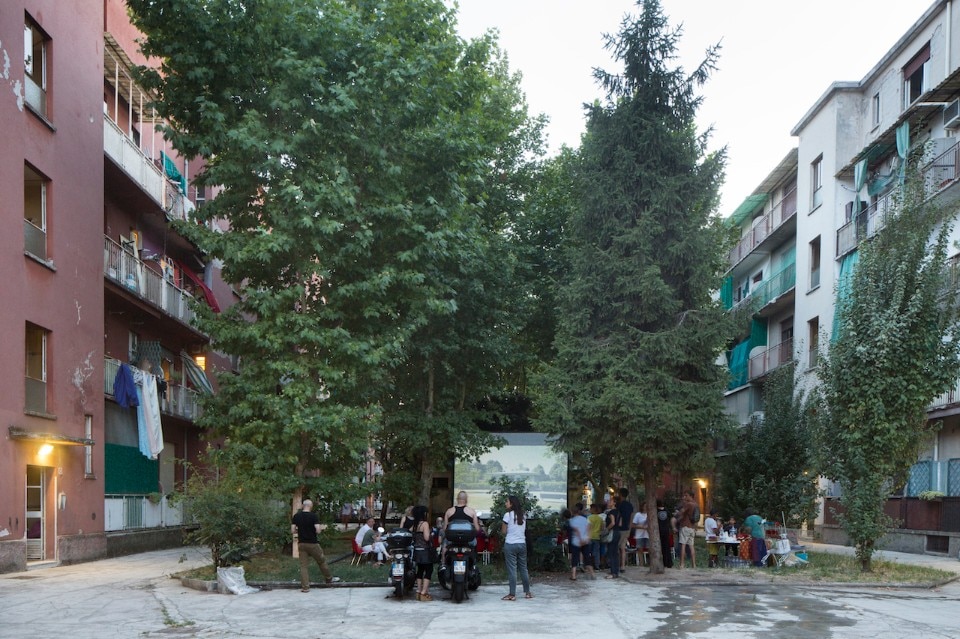
These adverse circumstances can be avoided if the experiential city becomes an opportunity for emancipation and social advancement – even for the more emarginated. This virtuous effect must firstly be driven by public administrations and private actors supporting grassroots initiatives that encourage participation. It’s worth considering a revision of traditional spatial hierarchies, conceiving an urban jigsaw puzzle that embraces a greater upgrading of poorer and peripheral areas, and focuses less on central zones that are typically richer in terms of commercial and cultural offerings. This strategy requires an urban and social regeneration of peripheral areas that addresses people’s basic needs, thereby fostering their self-fulfilment.
In conclusion, we can consider the specificities of Milan, a city experiencing an extraordinary phase of social innovation and experimental forms of local aggregation. The origins of this success are rooted in Milanese pragmatism, which has also seen the development of a negotiated urbanism (therefore not overly prescriptive). This city planning has closely involved private partners and included consultation with various parties who, with different roles and from various areas, are carrying forward interesting projects.
We could say that originality and creativity – which have already sedimented in certain Milanese sectors, from design to fashion and expanding over the years – have found efficient channels in the Lombard capital to formalise and institutionalise spontaneous ongoing experiences. The challenge now seems to be that of avoiding a situation whereby these highly creative contexts (where the market component is mistakenly less visible but equally strong) generate a shift from citizens/inhabitants to citizens/consumers. This would only serve to strengthen social differences via dynamics of inclusion and exclusion that are not easily recognisable because they are orphans of the social partners’ most traditional representational bodies: from political parties to unions.
To appreciate the richness of contemporary urban reality, suffice it to think of the multiplicity of actors at play in today’s urban contexts: simple citizens of all social classes, neighbourhood associations, entrepreneurs, shop owners, immigrants, young artists, students, city users, tourists, commuters, managers on business trips, service operators. Yet it is equally clear that such a patchwork risks creating new niches of marginality. Beauty alone cannot save the world if it is not accessible to everyone. But Milan is aware of this.
Giampaolo Nuvolati is full professor of environmental and territorial sociology at the University of Milano- Bicocca, where he directs the Department of Sociology and Social Research and is pro-rector for Relations with the Territory. His research fields include the quality of urban life and relationships between the city, sociology and literature with a special focus on the theme of the flâneur.


